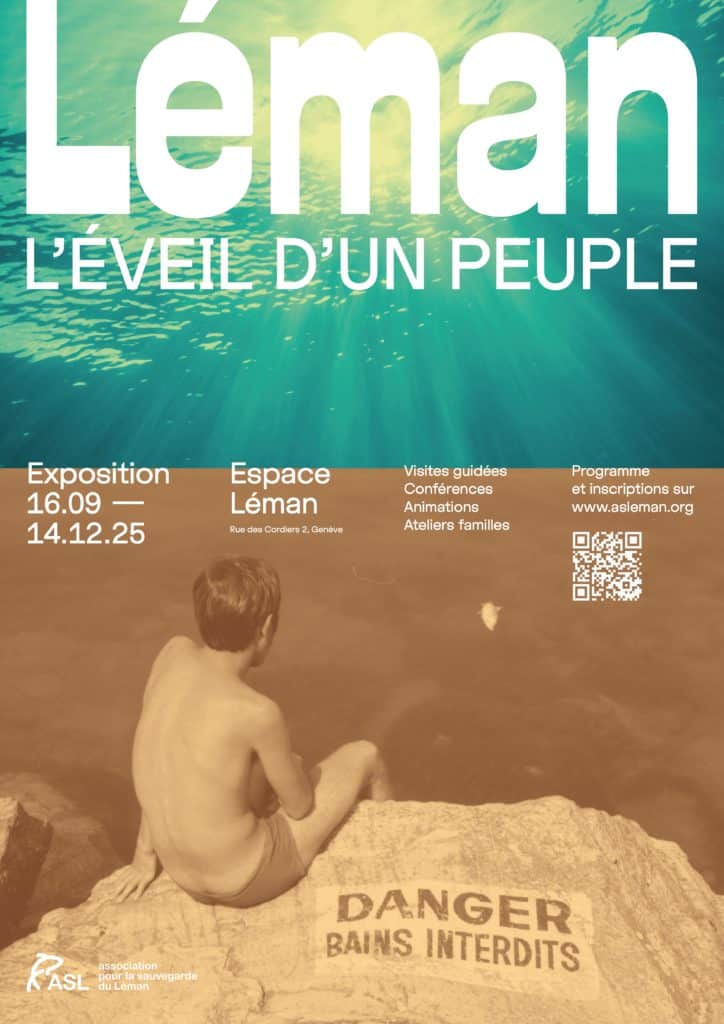Ultra-resistant to heat, grease and water, PFAS have been everywhere since the 1950s: non-stick frying pans, food packaging, waterproof clothing, fire-fighting foams and many other everyday objects. And the problem? These substances hardly break down at all, hence the term "eternal pollutants", and often cause contamination through their use and during waste treatment. PFAS are released into the air and also pollute the soil, subsoil and groundwater.
In the Lake Geneva region, these substances are ubiquitous. Due to their stability, PFAS accumulate in the environment and in fatty tissues such as fish. In 2020, a report by the International Commission for the Protection of the Waters of Lake Geneva (CIPEL) revealed that PFOS is the main contaminant present in Lake Geneva, among the thousands of molecules in the PFAS family, with very high concentrations. Half the fish analysed exceed the toxicity threshold, endangering their predators. Since 2022, it has been forbidden to fish in the Monthey and Collombey-Muraz ponds and in the Stockalper canal because of the heavy contamination. This contamination is also present at the other end of the lake. In Geneva, groundwater along the Rhône and industrial sites such as the Bois-De-Bay industrial zone in Satigny are particularly affected.
As far as human health is concerned, exposure to PFAS comes mainly from food, with multiple effects on health: high cholesterol, weakening of the immune system, developmental problems in children, cancers, fertility problems, etc.
In Switzerland and the EU, only two molecules (PFOA and PFOS) are banned. The regulations have recently been adjusted to define new toxicity thresholds. Since August 2024, Switzerland has adopted specific values for PFAS in certain foodstuffs.
📷: © Forever Pollution Project - Map of known (red dots) and suspected (blue dots) contamination sites in Europe.


